In the ever-evolving realm of blockchain technology, the Ethereum Merge stands as a pivotal moment, marking a significant shift in the Ethereum network’s consensus mechanism and paving the way for a more sustainable, scalable, and secure future. This comprehensive guide delves into the intricacies of the Merge, exploring its technical underpinnings, far-reaching implications, and the exciting roadmap that lies ahead.
What is The Ethereum Merge?
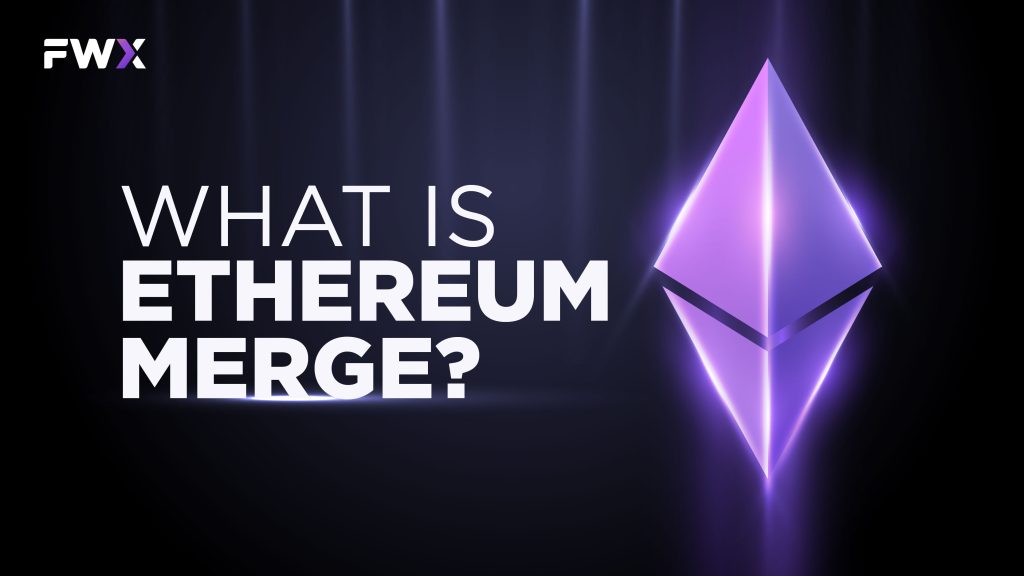
The Ethereum Merge was a significant milestone in the evolution of the Ethereum blockchain network. It marked the transition from a proof-of-work (PoW) consensus mechanism to a proof-of-stake (PoS) consensus mechanism. This change is expected to bring about several benefits, including:
- Reduced energy consumption: PoS is significantly more energy-efficient than PoW, which is expected to reduce Ethereum’s energy consumption by around 99.95%.
- Improved scalability: PoS is expected to make Ethereum more scalable, which will allow it to handle more transactions per second.
- Increased security: PoS is also considered to be more secure than PoW, as it is more difficult for attackers to take control of the network.
The Merge was a complex technical undertaking, and it took several years of development to complete. However, it was ultimately successful, and the Ethereum network is now operating on PoS. This is a major milestone for Ethereum, and it is expected to have a significant impact on the future of the network.
What is Proof of Work and how does it work?
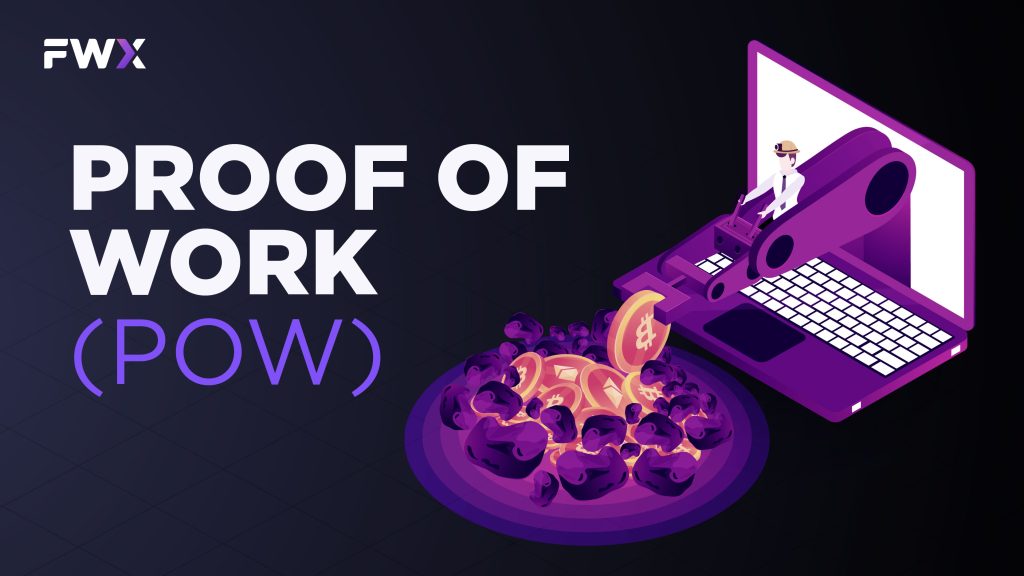
Proof of work (PoW) is a consensus mechanism used in blockchain technology to prevent double-spending and ensure the integrity of the blockchain. It is a process that requires network participants to expend computational effort to solve a mathematical problem. The first participant to solve the problem is rewarded with the right to add a new block to the blockchain. This process is designed to be both resource-intensive and publicly verifiable, making it difficult for any single party to manipulate the blockchain.
Here is a more detailed explanation of how PoW works:
- Transaction submission: Users submit transactions to the network, which are then broadcast to other network participants.
- Block creation: Miners compete to create a new block by solving a mathematical problem. This problem typically involves hashing a block header, which is a summary of the transactions in the block. The hash is a unique identifier that is difficult to calculate but easy to verify.
- Block validation: Once a miner has solved the problem, they broadcast the block to the network. Other network participants then verify that the block is valid by checking that the hash is correct and that the block contains all of the required transactions.
- Chain extension: If the block is valid, it is added to the blockchain. The miner who solved the problem is rewarded with a newly minted cryptocurrency.
What is Proof of Stake and how does it work?
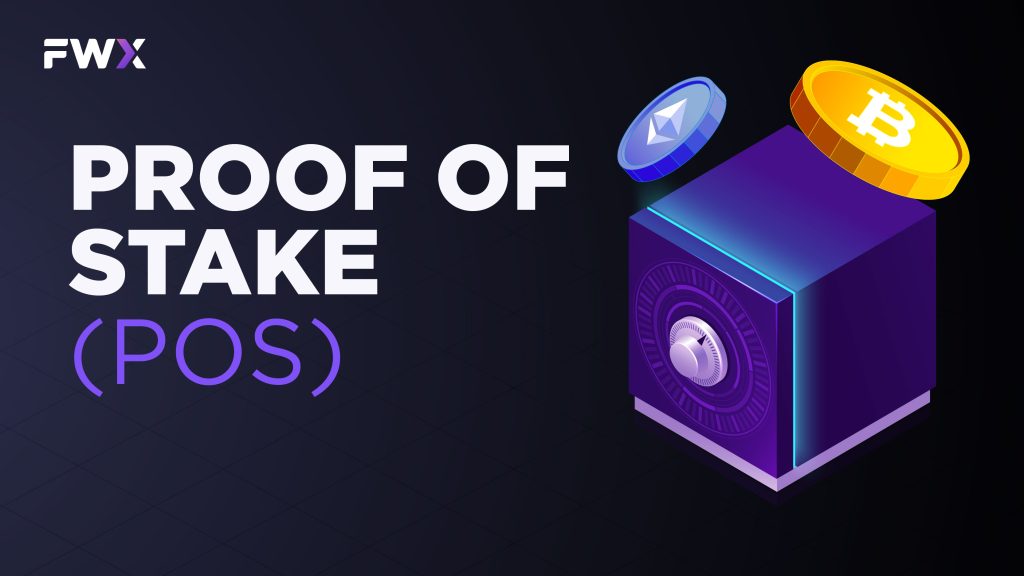
Proof of Stake (PoS) is an alternative consensus mechanism to Proof of Work (PoW) that is used to validate transactions and add new blocks to a blockchain. Unlike PoW, which requires miners to expend computational effort to solve a mathematical problem, PoS relies on validators who have staked a certain amount of cryptocurrency to secure the network.
Here is a more detailed explanation of how PoS works:
- Staking: Crypto holders stake their coins by locking them up in a smart contract. This staked cryptocurrency serves as collateral, demonstrating the validator’s commitment to the network’s security.
- Validator Selection: Validators are randomly selected from the pool of stakers based on the amount of cryptocurrency they have staked. The more coins a validator has staked, the higher the probability of being chosen.
- Block Proposal and Validation: Selected validators propose new blocks containing transactions. Other validators verify the proposed block’s validity, ensuring it aligns with the network’s rules and consensus.
- Block Finalization and Rewards: Once a block is validated by a majority of validators, it is added to the blockchain. The validators who proposed and validated the block are rewarded with cryptocurrency.
How Ether Staking works?
Ether staking is the process of locking up a certain amount of Ether (ETH), the native cryptocurrency of the Ethereum blockchain, to support the network’s operations and earn rewards in return. This process is a crucial part of Ethereum’s transition from a proof-of-work (PoW) consensus mechanism to a proof-of-stake (PoS) consensus mechanism. How Ether Staking Works:
- Staking Requirements: To become a staker, you need to have at least 32 ETH to commit to the staking process.
- Staking Options: You can stake your ETH independently by setting up your own staking node, or you can delegate your ETH to a staking pool or validator service.
- Rewards Distribution: Rewards are distributed to stakers based on their staking amount and the overall network performance.
- Unstaking: Staked ETH is locked up for a certain period, typically around 12-18 months. After this period, you can initiate the unstaking process to withdraw your ETH.
Ethereum Staking Pools
Ethereum Staking Pools have emerged as a popular option for individuals seeking to participate in Ethereum’s proof-of-stake (PoS) consensus mechanism without the technical complexities or capital requirements associated with running their own staking nodes. These pools offer several advantages, including:
- Reduced Barrier to Entry: Staking pools eliminate the need to accumulate the minimum staking requirement of 32 ETH, allowing individuals with smaller amounts of ETH to contribute to the network’s security and earn rewards.
- Increased Rewards: Staking pools often offer higher rewards compared to solo staking due to their economies of scale and ability to optimize staking strategies.
- Reduced Slashing Risk: Staking pools mitigate the risk of slashing, a penalty for validator misbehavior, by spreading the risk across multiple validators.
Risks Associated with Ethereum Staking Pools
Before participating in staking pools, carefully consider the potential risks:
- Counterparty Risk: As mentioned earlier, staking pools introduce counterparty risk, as you are entrusting your ETH to a third party. Assess the pool’s reputation, financial stability, and legal jurisdiction.
- Slashing Risk: While staking pools mitigate slashing risk, it still exists. Understand the pool’s slashing penalty structure and ensure you are comfortable with the potential consequences.
- Smart Contract Risk: Decentralized staking pools rely on smart contracts, which can contain vulnerabilities. Ensure the pool has undergone thorough auditing and employs robust security measures.
- Operational Risk: Staking pools can suffer from operational failures, such as downtime or mismanagement. Evaluate the pool’s operational history and team expertise.
The Pros and Cons of Ethereum Staking
Pros of Ethereum Staking
- Passive Income: Staking ETH allows you to earn passive income in the form of newly minted ETH rewards. The rewards are distributed proportionally to your staked ETH.
- Network Security: Staking ETH contributes to the security and stability of the Ethereum network. Stakers are incentivized to act honestly, as their staked ETH is at risk if they misbehave.
- Environmental Friendliness: Proof-of-stake (PoS) is significantly more energy-efficient than proof-of-work (PoW), reducing Ethereum’s environmental footprint. Staking is a way to support this sustainable approach.
- Community Contribution: Staking ETH allows you to actively participate in the Ethereum ecosystem and contribute to its growth and development.
- Potential for Appreciation: As Ethereum’s adoption and usage increase, the value of ETH may appreciate, potentially leading to higher staking rewards over time.
Cons of Ethereum Staking
- Locking Up ETH: Staking requires locking up your ETH for a period of time, typically around 12-18 months. This means you cannot access or trade your staked ETH during this time.
- Slashing Risk: If a validator misbehaves, their staked ETH can be slashed, resulting in a permanent loss of ETH. While the risk is low, it is still a possibility.
- Technical Complexity: Setting up and maintaining your own staking node requires technical expertise. Staking pools offer a more user-friendly option, but they introduce counterparty risk.
- Initial Stake Requirement: Solo staking requires a minimum of 32 ETH, which may be a significant barrier for some individuals. Staking pools lower the barrier but introduce other considerations.
- Potential for Unforeseen Issues: PoS is a relatively new technology, and there is always a possibility of unforeseen issues arising that could affect staking rewards or network security.
PoW vs. PoS
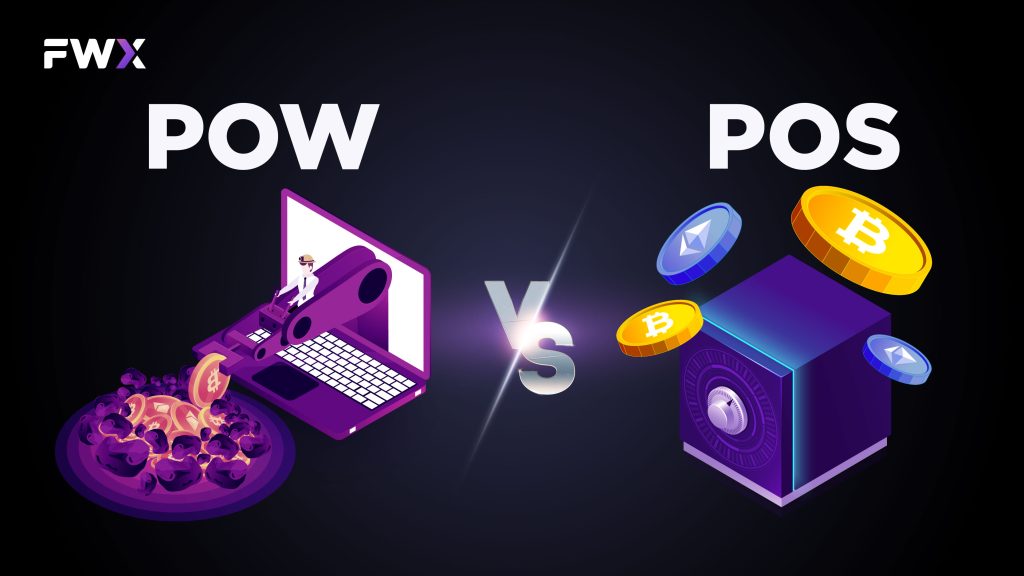
Proof of Work (PoW) and Proof of Stake (PoS) are two different consensus mechanisms used in blockchain technology to achieve secure and decentralized operation. They differ in their approach to validating transactions and adding new blocks to the blockchain, resulting in varying characteristics such as energy consumption, scalability, and security.
| Feature | Proof of Work (PoW) | Proof of Stake (PoS) |
| Energy Consumption | High | Low |
| Scalability | Limited | Improved |
| Security | Strong | Strong |
| Resource Requirements | Specialized hardware | Staked cryptocurrency |
| Block Validation Process | Competitive mining | Random validator selection |
| Rewards Newly minted | cryptocurrency | Staking rewards |
What is a Beacon Chain?
The Beacon Chain is the core of Ethereum 2.0, a significant upgrade to the Ethereum blockchain network. It serves as the coordination mechanism for the network, responsible for validating transactions, creating new blocks, and managing the overall state of the blockchain. The Beacon Chain introduced a major change to Ethereum by transitioning from a proof-of-work (PoW) consensus mechanism to a proof-of-stake (PoS) consensus mechanism.
Key Roles of the Beacon Chain:
- Consensus Coordination: The Beacon Chain maintains the consensus among network participants, ensuring they agree on the current state of the blockchain.
- Block Production: The Beacon Chain produces new blocks containing transactions, extending the blockchain’s history.
- Validator Management: The Beacon Chain manages the pool of validators, selecting them to propose and validate blocks.
- Staking Rewards: The Beacon Chain distributes rewards to stakers, who have committed their cryptocurrency to secure the network.
- Sharding Coordination: The Beacon Chain coordinates with shard chains, the parallel chains that expand Ethereum’s scalability.
What is Sharding?
Sharding is a technique used in blockchain technology to improve scalability and transaction speed. It involves partitioning the blockchain network into smaller, more manageable partitions called “shards.” Each shard is responsible for storing and processing a subset of the network’s data, reducing the overall load on the network and enabling faster transaction processing.
How Sharding Works:
- Data Partitioning: The blockchain network is divided into multiple shards, each with its own set of validators.
- Transaction Assignment: Transactions are assigned to specific shards based on their unique identifiers or characteristics.
- Parallel Processing: Each shard independently processes and validates transactions within its assigned data set.
- Consensus Aggregation: The results of each shard’s validation are aggregated to form a unified block, which is added to the main blockchain.
Why did the Ethereum Merge happen?

The Ethereum Merge, also known as the Ethereum 2.0 upgrade, was a significant event in the cryptocurrency world, marking the transition of the Ethereum blockchain network from a proof-of-work (PoW) consensus mechanism to a proof-of-stake (PoS) consensus mechanism. This change was driven by several key motivations:
- Energy Efficiency: PoW consensus mechanisms, such as the one originally used by Ethereum, are notoriously energy-intensive, consuming vast amounts of electricity to solve complex mathematical problems. The transition to PoS was aimed at reducing Ethereum’s energy consumption by a staggering 99.95%.
- Scalability: Ethereum’s PoW system was struggling to handle the growing demand for transactions, leading to congestion and slow transaction speeds. PoS, on the other hand, is expected to improve Ethereum’s scalability by enabling the processing of more transactions per second.
- Security: PoS is considered to be more secure than PoW, as it incentivizes validators to act honestly by requiring them to stake a significant amount of Ethereum. This stake is at risk if the validator misbehaves, deterring malicious attacks.
- Sustainability: The environmental impact of PoW’s energy consumption has been a major concern, and the transition to PoS was seen as a step towards a more sustainable blockchain ecosystem.
- Longevity of Ethereum: As Ethereum matured, it became apparent that PoW’s limitations were hindering its long-term growth and adoption. The Merge was crucial for Ethereum’s future, addressing its scalability and sustainability challenges.
The impacts of Ethereum Merge
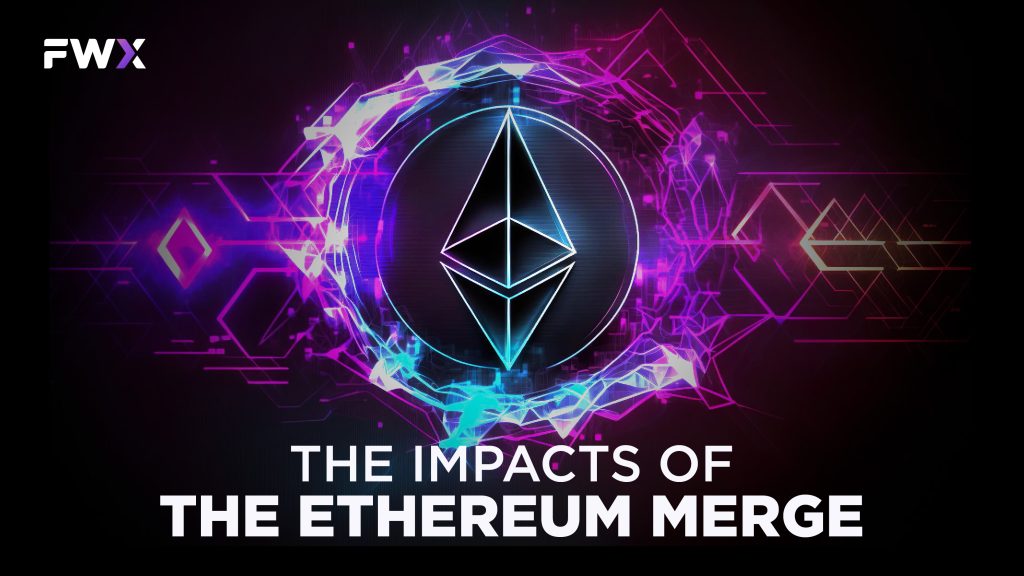
The Ethereum Merge, the transition of the Ethereum blockchain from a proof-of-work (PoW) consensus mechanism to a proof-of-stake (PoS) consensus mechanism, was a significant milestone in the cryptocurrency world. It brought about several positive impacts, including:
- Environmental Friendliness: One of the most immediate and celebrated impacts is the dramatic reduction in energy consumption. PoW relies on miners solving complex computational puzzles, requiring massive amounts of electricity. PoS, on the other hand, uses validators who stake their ETH to secure the network, consuming significantly less energy. Estimates suggest a 99.95% decrease in energy usage, making Ethereum much more environmentally friendly.
- Security: While the transition was initially a concern for security, the Merge seems to have strengthened the network. PoS eliminates the need for miners, reducing the risk of centralization and potential attacks. Additionally, the switch incentivizes long-term holding of ETH, as validators have a vested interest in the network’s stability and security.
- Scalability: The Merge itself doesn’t directly address scalability issues, but it lays the groundwork for future upgrades. Sharding, a scaling solution planned for later phases, will be much easier to implement on a PoS network. This could significantly increase transaction throughput and reduce fees in the long run.
- Staking Rewards: PoS introduces staking as a way to earn passive income on ETH holdings. Users can stake their ETH with validators, contributing to network security and receiving rewards in return. This incentivizes participation and potentially broadens the pool of stakeholders, further decentralizing the network.
The Ethereum Merge has had a profound impact on the Ethereum blockchain network, its ecosystem, and the broader cryptocurrency space. It has addressed several critical challenges and paved the way for a more sustainable, scalable, and secure future for Ethereum. The Merge is a testament to the power of innovation and collaboration in the blockchain community.
Pros and Cons of Ethereum Merge
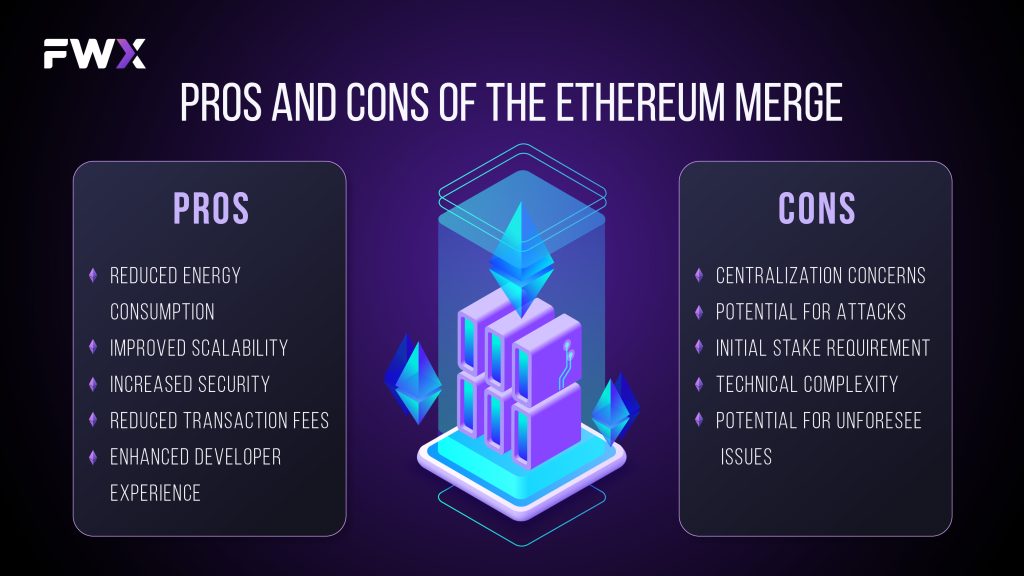
Pros:
- Reduced Energy Consumption: PoS is significantly more energy-efficient than PoW, reducing Ethereum’s energy consumption by an estimated 99.95%. This makes Ethereum a more environmentally friendly and sustainable blockchain network.
- Improved Scalability: PoS is expected to improve Ethereum’s scalability, allowing it to handle more transactions per second. This is crucial for Ethereum’s growth and adoption as a platform for decentralized applications.
- Increased Security: PoS is considered to be more secure than PoW, as it incentivizes validators to act honestly by requiring them to stake a significant amount of Ethereum. This stake is at risk if the validator misbehaves, deterring malicious attacks.
- Reduced Transaction Fees: As Ethereum’s scalability improves, transaction fees are expected to decrease. This will make it more affordable to use the Ethereum blockchain for various applications.
- Enhanced Developer Experience: The transition to PoS is expected to simplify the development process for Ethereum-based applications, making it easier for developers to build and deploy their projects on the network.
Cons:
- Centralization Concerns: The PoS system relies on a smaller group of validators, which could lead to centralization if a few large entities hold a majority of the staked ETH.
- Potential for Attacks: PoS is a relatively new technology, and potential vulnerabilities may exist that could be exploited by attackers to manipulate the network.
- Initial Stake Requirement: PoS requires a certain amount of ETH to be staked, which may limit participation for new entrants.
- Technical Complexity: Setting up and maintaining a staking node requires technical expertise, which may pose a barrier for some users.
- Potential for Unforeseen Issues: While the Merge has been extensively tested, there is always a possibility of unforeseen issues arising during the transition or in the long run.
What changed after the Ethereum Merge?
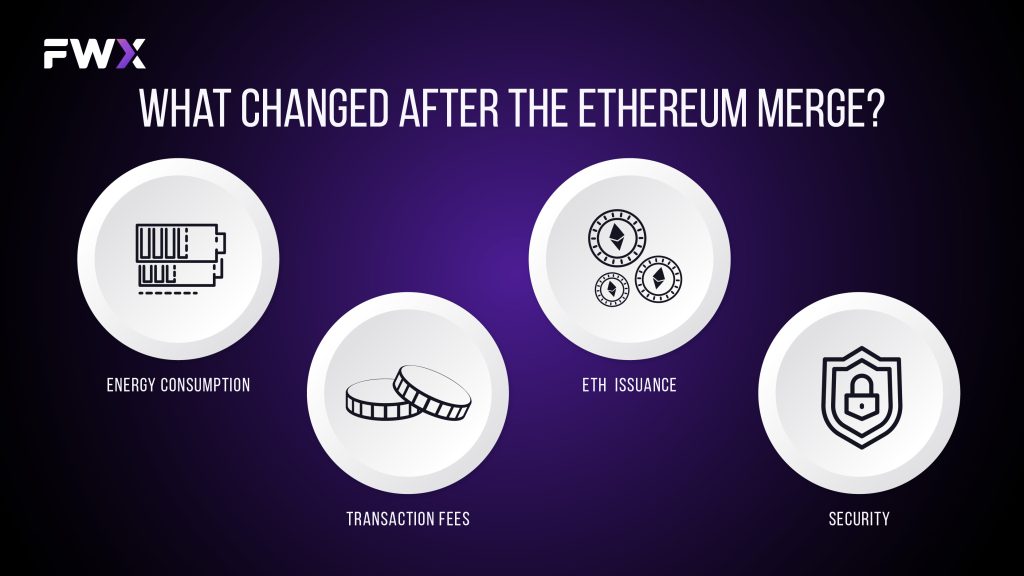
The Ethereum Merge, the transition from a proof-of-work (PoW) consensus mechanism to a proof-of-stake (PoS) consensus mechanism, brought about several significant changes to the Ethereum blockchain network:
Energy consumption:
- Before: Ethereum’s PoW system relied on miners to solve complex mathematical puzzles to verify transactions. This process was incredibly energy-intensive, consuming roughly the same amount of electricity as a small country.
- After: With the Merge, mining is no longer required. Instead, validators stake their ETH to verify transactions. This PoS system is significantly more energy-efficient, reducing Ethereum’s energy consumption by an estimated 99.5%.
Transaction fees:
- Before: Transaction fees on Ethereum were often high and unpredictable due to congestion on the network. Miners prioritized transactions with higher fees, leading to longer wait times for users with lower fees.
- After: The Merge has not directly impacted transaction fees. However, future upgrades planned for Ethereum, such as sharding, are expected to improve scalability and potentially reduce fees in the long run.
ETH issuance:
- Before: New ETH was created through mining rewards. This process contributed to an inflationary supply of ETH, potentially impacting its value.
- After: The Merge introduced a new mechanism for ETH issuance, known as “staking rewards.” Validators who stake their ETH earn rewards for verifying transactions. This system is expected to be less inflationary than PoW, potentially leading to a more stable ETH price in the long term.
Security:
- Before: Some experts raised concerns about the security of PoS systems compared to PoW. PoW was considered more secure due to its established track record and the high cost of attacking the network.
- After: The Merge has not significantly impacted Ethereum’s security. The Beacon Chain, which underpins the PoS system, has been running smoothly since its launch in 2020. Additionally, the Ethereum community is actively working on further improvements to the PoS protocol.
What next after the Ethereum Merge?
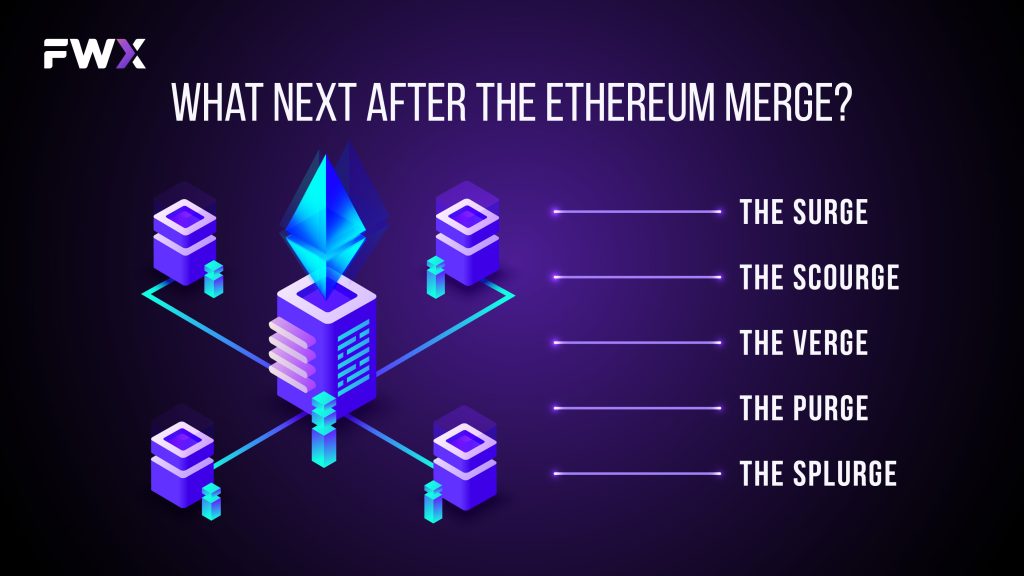
Following the successful Ethereum Merge, the Ethereum community continues to focus on several key areas for development:
- Sharding: Sharding is a critical step in enhancing Ethereum’s scalability by partitioning the network into smaller, more manageable shards, each responsible for processing a subset of transactions. This will significantly increase Ethereum’s transaction processing capacity.
- Data Availability Sampling (DAS): DAS is a technique to improve data availability across shards, ensuring that all validators have access to the latest data required for consensus. This is crucial for maintaining network integrity and security.
- Layer-2 Scaling: Layer-2 scaling solutions, such as rollups and sidechains, are being developed to complement Ethereum’s main chain, providing additional transaction processing capacity and reducing congestion.
- Privacy Enhancements: Ethereum is exploring various privacy-enhancing techniques, such as zero-knowledge proofs, to enable confidential transactions and protect user privacy.
- Decentralized Governance: The Ethereum community is actively developing decentralized governance mechanisms to ensure that the network remains open and community-driven.
- These ongoing efforts aim to address the remaining challenges of the Ethereum network and pave the way for its continued growth and adoption as a leading platform for decentralized applications.
The Surge
The Surge is the second phase of the Ethereum roadmap, following the Merge. It focuses on improving the scalability of the Ethereum blockchain network. This is crucial for Ethereum’s growth and adoption as a platform for decentralized applications (DApps). The Surge is expected to increase Ethereum’s transaction processing capacity by enabling sharding, a technique that partitions the network into smaller, more manageable shards.
- Sharding: Sharding divides the Ethereum blockchain into smaller, more manageable shards, each responsible for processing a subset of transactions. This parallel processing approach significantly increases the network’s transaction throughput, enabling it to handle more transactions per second.
- Cross-shard Communication: Enabling efficient communication between shards is crucial for handling transactions that involve multiple shards. The Surge will introduce mechanisms for validators to coordinate and exchange data across shards, ensuring seamless transaction processing.
- Data Availability: Ensuring that all validators have access to the latest data across shards is essential for maintaining consensus and network integrity. The Surge will implement Data Availability Sampling (DAS), a technique that allows validators to efficiently verify the availability of data without having to download the entire shard data.
- Shard Coordination: The Beacon Chain, the central coordinating chain of Ethereum, will play a critical role in managing the shards and ensuring their synchronization. The Surge will enhance the Beacon Chain’s capabilities to effectively oversee the sharded network.
The Scourge
The Scourge is a proposed upgrade to the Ethereum blockchain network that aims to address the potential centralization concerns arising from the transition to proof-of-stake (PoS) consensus mechanism. It focuses on incentivizing participation in the staking process and reducing the power of large validators, thereby promoting decentralization and maintaining the open and inclusive nature of the Ethereum network.
- Variable Rarity Rewards: Implementing a variable rarity rewards system, where block rewards are randomly assigned to a subset of validators, rather than being proportional to staked ETH, will reduce the dominance of large validators and encourage more participation.
- Punitive Slashing: Strengthening the slashing penalties for validator misbehavior, such as downtime or malicious activity, will deter validators from acting against the network’s best interests and maintain overall network security.
- Generalized Sharding: Introducing generalized sharding, where each shard can be further subdivided into smaller sub-shards, will create a more granular and distributed validator landscape, reducing the concentration of power.
- Distributed Sequencer Selection: Implementing distributed sequencer selection, where multiple validators can propose blocks for each shard, will prevent any single entity from controlling the block production process.
- Social Consensus Mechanisms: Exploring social consensus mechanisms, such as reputation systems or community-based voting, could further decentralize decision-making processes within the Ethereum network.
The Verge
The Verge focuses on improving Ethereum’s transaction processing capacity by enabling data availability sampling (DAS). DAS is a technique that allows validators to efficiently verify the availability of data across shards without having to download the entire shard data. This will significantly reduce the communication overhead and improve transaction speed. It encompasses several improvements, including:
- Stateless Clients: Stateless clients reduce the hardware requirements for running an Ethereum node, enabling more people to participate in network validation and increasing the overall decentralization of the network.
- Verification Efficiency: The Verge introduces techniques to improve the efficiency of transaction verification, reducing the computational resources required and making it more feasible for validators to process transactions.
- Enhanced Fault Tolerance: The Verge introduces mechanisms to enhance the network’s fault tolerance, ensuring that it can continue operating even if some nodes or shards become unavailable.
- Security Enhancements: The Verge explores various security enhancements, such as stronger cryptographic algorithms and improved protection against denial-of-service attacks.
The Purge
The Purge aims to reduce Ethereum’s storage requirements and improve its overall efficiency. It will implement mechanisms to remove old and unnecessary data from the blockchain, such as historical transaction data that is no longer relevant for consensus purposes. This will free up disk space for validators and reduce the network’s overall storage footprint. It focuses on:
- State Expiry: Implementing state expiry mechanisms to remove outdated or unnecessary data from the blockchain, reducing storage requirements and improving network efficiency.
- State Storage Optimizations: Introducing techniques to optimize the storage of blockchain data, such as data compression and efficient data structures.
- Archival Solutions: Developing efficient archival solutions for storing older blockchain data, allowing for historical data retrieval without burdening the main network.
- Data Availability Optimizations: Improving data availability across shards, ensuring that all validators have access to the latest data required for consensus and transaction processing.
The Splurge
The Splurge focuses on enabling new capabilities and applications on the Ethereum blockchain network. It encompasses several improvements, including:
- Account Abstraction: Introducing account abstraction, which simplifies the creation and management of Ethereum accounts, making it easier for users to interact with the network.
- Privacy Enhancements: Implementing privacy-enhancing techniques, such as zero-knowledge proofs, to enable confidential transactions and protect user privacy.
- Scalability Enhancements: Exploring additional scalability enhancements, such as block size optimization and novel consensus mechanisms, to further increase the network’s transaction processing capacity.
- Developer Experience Enhancements: Introducing tools and frameworks to improve the developer experience, making it easier to build and deploy decentralized applications (DApps) on Ethereum.
- Cross-Chain Communication: Developing protocols and mechanisms to enable seamless communication and interoperability between Ethereum and other blockchain networks.
The Ethereum Merge stands as a testament to the power of innovation and collaboration within the blockchain ecosystem. It marked a significant step towards a more sustainable, scalable, and secure future for Ethereum, paving the way for a decentralized future of applications and services. As the Ethereum ecosystem continues to evolve, the Merge will serve as a cornerstone of its growth and success.


